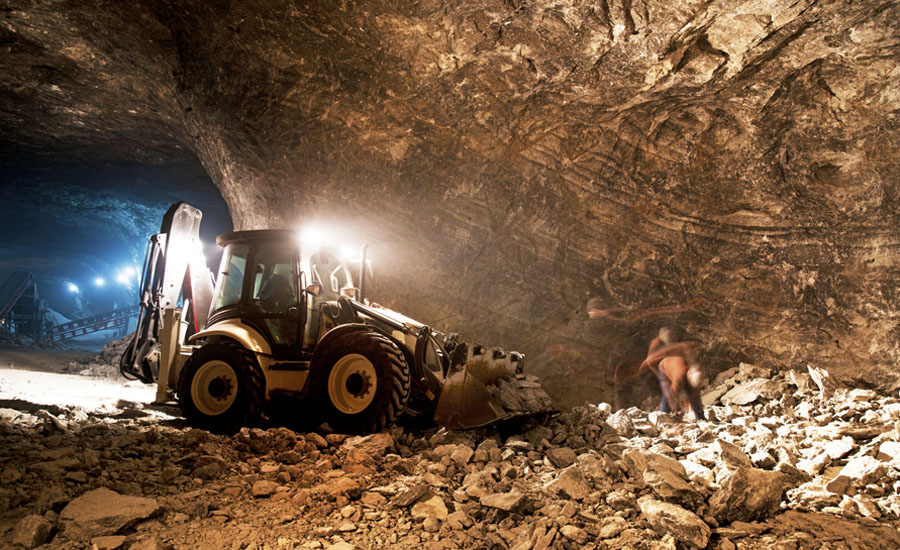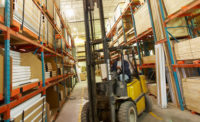Today is National Miner’s Day, officially proclaimed as such by Congress in 2009. The designation is intended to focus attention on mine workers, who perform one of the most dangerous jobs in America. Miners put their lives at risk each and every day as they contend with health and safety issues as well as their uncertainty of the future.
Everyday products that we use are made up from raw materials that have been excavated from mines and are a result of the work of the miners. These men and women play a much more important role in our lives than most people realize.
Why Dec. 6?
The date was chosen to mark the anniversary of the worst mining accident in history on December 6, 1907 in Monogah, West Virginia. In that disaster, an explosion -- possibly caused by the miners' open flame lamps igniting coal dust or methane gas -- killed 362 miners.
As a result of the tragedy, the public began demanding additional oversight to help regulate the mines. In 1910 Congress created the United States Bureau of Mines (the precursor to the National Institute of Occupational Safety and Health Mining Program), with the goal of investigating and inspecting mines to reduce explosions and to limit the waste of human and natural resources. In addition the Bureau of Mines set up field officers that would train mine crews, provide rescue services, and investigate disasters when they do occur.
NIOSH Mining continues to contribute important health and safety improvements to this industry and recognizes there is more work to be done.
Whether at surface mining operations or deep underground, miners face unique challenges in their work environments including noise, lighting, dust, uneven walking surfaces, shifting geology, large pieces of moving equipment, and awkward working postures.
The Coal Mine Health and Safety Act of 1969 as well as the Federal Mine Safety and Health Act of 1977 were created to oversee the safety and health of all miners.
Use the #NationalMinersDay hashtag to post on social media.



